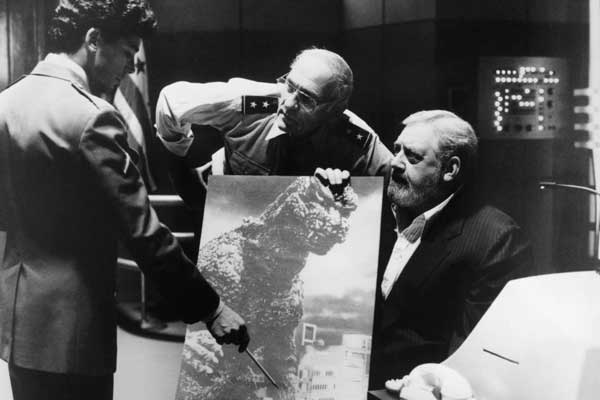Greenlights
My dear friend (and former football trainer) gave me a copy of Greenlights by Matthew McConaughey. I met McConaughey briefly when they were shooting A Time To Kill and had no clue he would be such a powerful and charming writer.
Part autobiography and part philosophy, McConaughey gives a very frank and candid review of his life and how he managed and interpreted it all. Greenlights is a very Southern book, both in his experiences and attitude.
Although I primarily use kindle to read now (mostly a matter of storage), some of you may know I'm something of a bibliophile snob, especially when it comes to the physical book. This first edition of Greenlights (my copy came from the fabled Square Books) is a joy to touch and leaf through. They use heavy rag paper, almost like expensive drawing paper with a substantial tooth. It switches between different colors of ink and shades of paper so often that I wonder if this book was printed on a web press at all. Some of the signatures may be from a sheet-fed press, which is unusual.
Greenlights earns its spot on the best-seller list, primarily on the strength of the writing alone. This is a book of life, not your typical Hollywood expose. It's a book that speaks especially to Southern men in a voice they'll find familiar.
The Screwtape Letters.
I tell people that I"m an agnostic because I am, and I believe everyone is; no matter if they claim absolute belief or absolute disbelief, everyone has questions and doubts. I've read many Christian apologists through the years, and I can only call Lewis beloved, at least by me. This is my third time through on Screwtape and probably not the last.
Written before he lost (and ultimately regained) his faith, Lewis dedicates Screwtape to his dear friend and fellow scribbler, J.R.R. Tolkien. It's a fictitious series of letters written from a supervisor daemon to his nephew, advising his efforts to collect the soul of an English "client" recently converted to Christianity.
In this and other works, Lewis makes Christian apology entertaining and digestible. Lewis has a pragmatic opinion on Christian practices and philosophies, which come through almost effortlessly here.
Like the Narnia books, The Screwtape Letters is a quick read and a staple of English-speaking Christianity.




.jpg)
